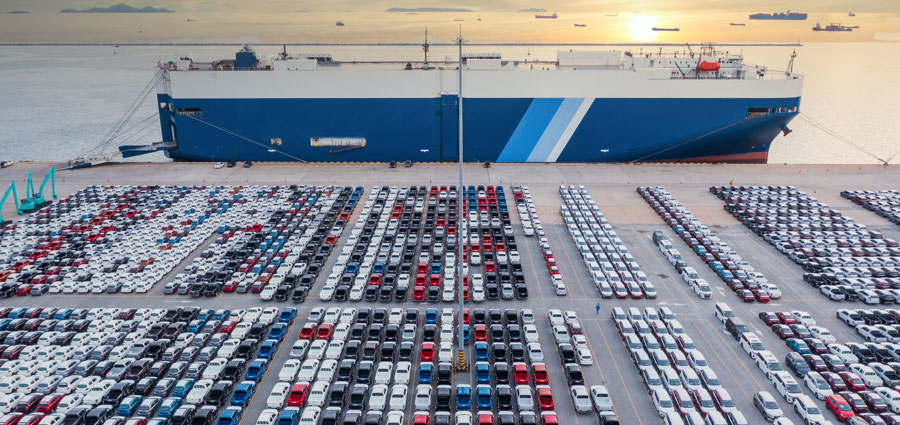


The e-mobility wave is transforming global markets, but in Asia's emerging economies, the impact extends deep into social, environmental and public health spheres. India, now the world's largest market for electric tricycles, is scaling up production, with new gigabit plants being built to produce more than 1.5 million electric vehicles per year. To meet the demand for electric vehicles in South and Southeast Asia by 2030, an estimated $1.3 trillion in capital will be required.
In May 2024, electric vehicle sales in India rose 20.88% to 1.39 million units, indicating the huge growth potential for automotive suppliers. The Indian EV battery market was valued at $16.77 billion in 2023 and is expected to climb to $27.7 billion by 2028. In line with its mission to achieve 30% electric mobility by 2030, the government has reinforced its commitment by exempting lithium-ion battery manufacturing machinery from import duties. India is increasingly positioning itself as a global sourcing hub for auto parts, with exports accounting for more than 25 percent of annual production.
According to the PWC report, components that did not previously exist, such as batteries, electric motors, power electronics and software with advanced chemical compositions, now make up at least 50-60% of electric vehicles. Most of the components of this ecosystem do not exist in India. In addition, the demand for rare earth raw materials and the high content of electronic sub-components further challenge the local value-added potential.
Local manufacturers rely heavily on imported components, especially from China, to produce commercial electric vehicle engines, with limited local added value. Key components such as brushless DC motors, rare earth magnets and laminated stators are mainly sourced from China.
Key EV components for high-voltage circuits, such as connectors, contactors, relays and DC-DC converters, are mostly imported as local production requires high capital investment.
High-voltage power electronics, including proprietary systems such as battery management systems (BMS), motor control units (MCUS), and vehicle control units (vcu), rely on inlet sub-components such as IC chips, TIMs, and PCBS. In addition, limited expertise in designing complex electrical systems hinders Indian Oems, with CAN (Controller Area Network) integration and testing heavily dependent on China.
By FY28, the Indian automotive industry will invest Rs 580 crore ($7 billion) to localize advanced components such as motors and automatic transmissions, reduce dependence on imports and take advantage of the "China plus one" trend. India's competitive manufacturing base, with production costs 10-25% lower than in Europe and Latin America, further strengthens its position as a global automotive parts sourcing hub with strategic location close to key markets such as ASEAN, Europe, Japan and South Korea.
The role of shipping in the future of electric vehicles
Across Asia, and especially in India, the booming electric vehicle (EV) market has made shipping a key player in the import and export of key components. Even with rising global trade barriers, the demand for electric vehicles will support a robust industry in the region. Asia's key role in supplying battery components highlights the challenges of transporting these materials to Asian, as well as European and U.S. markets. Issues facing businesses include limited visibility, potential supply chain disruptions, and growing demand for sustainable logistics solutions.
With the global electric vehicle market expected to expand by a factor of nine, ensuring the seamless flow of components becomes critical. Shipping companies with advanced logistics solutions such as improved visibility through digital connectivity, flexible multimodal options, robust global networks and strategic warehousing can greatly facilitate this process.





